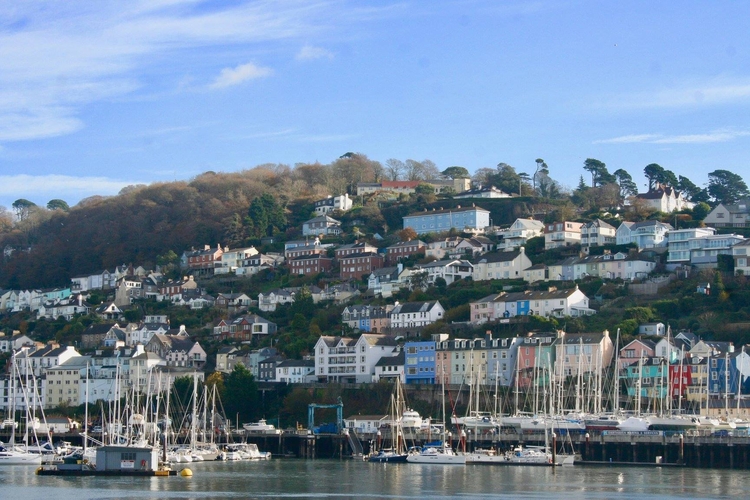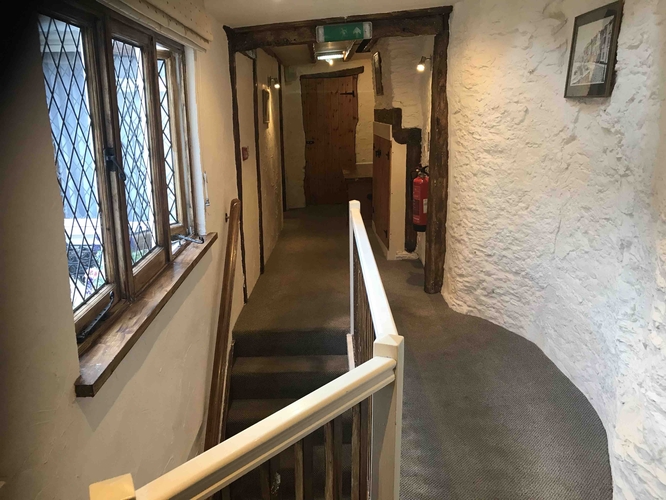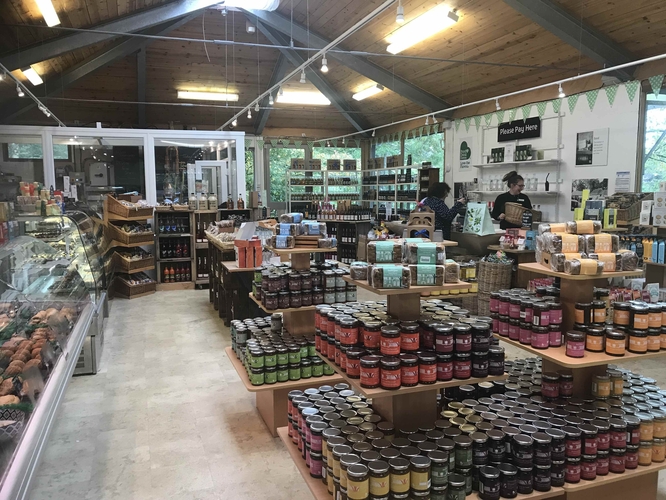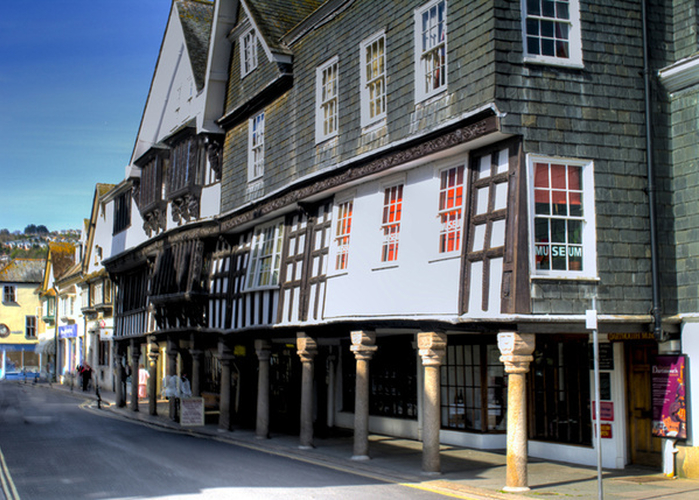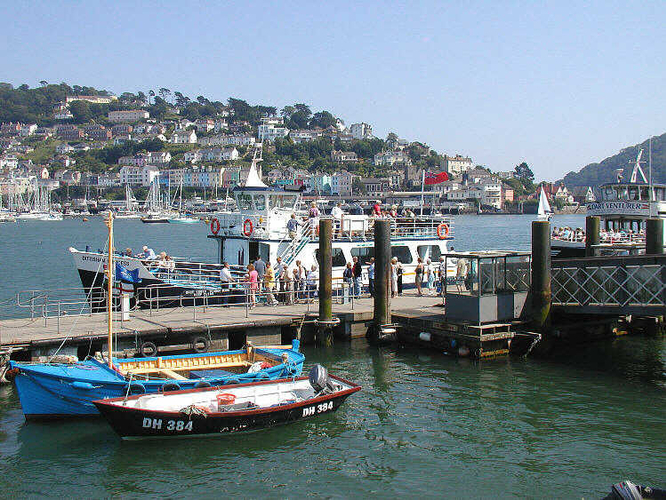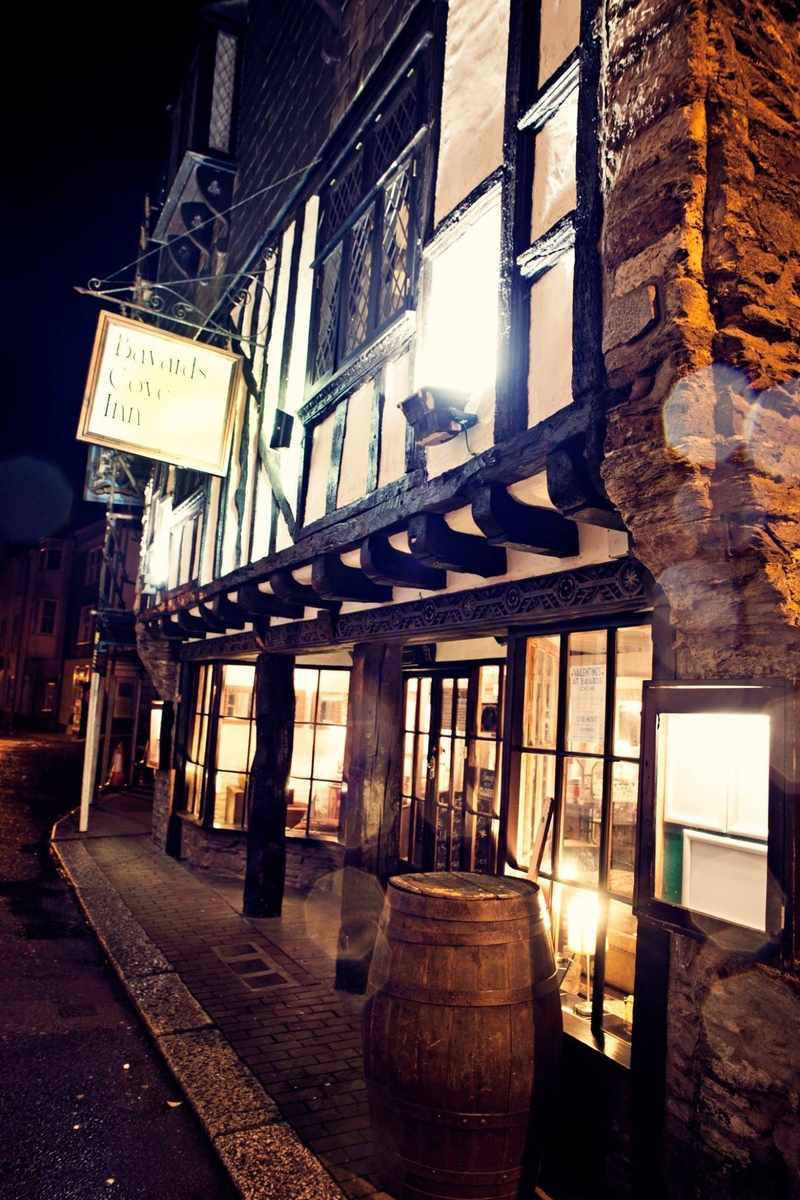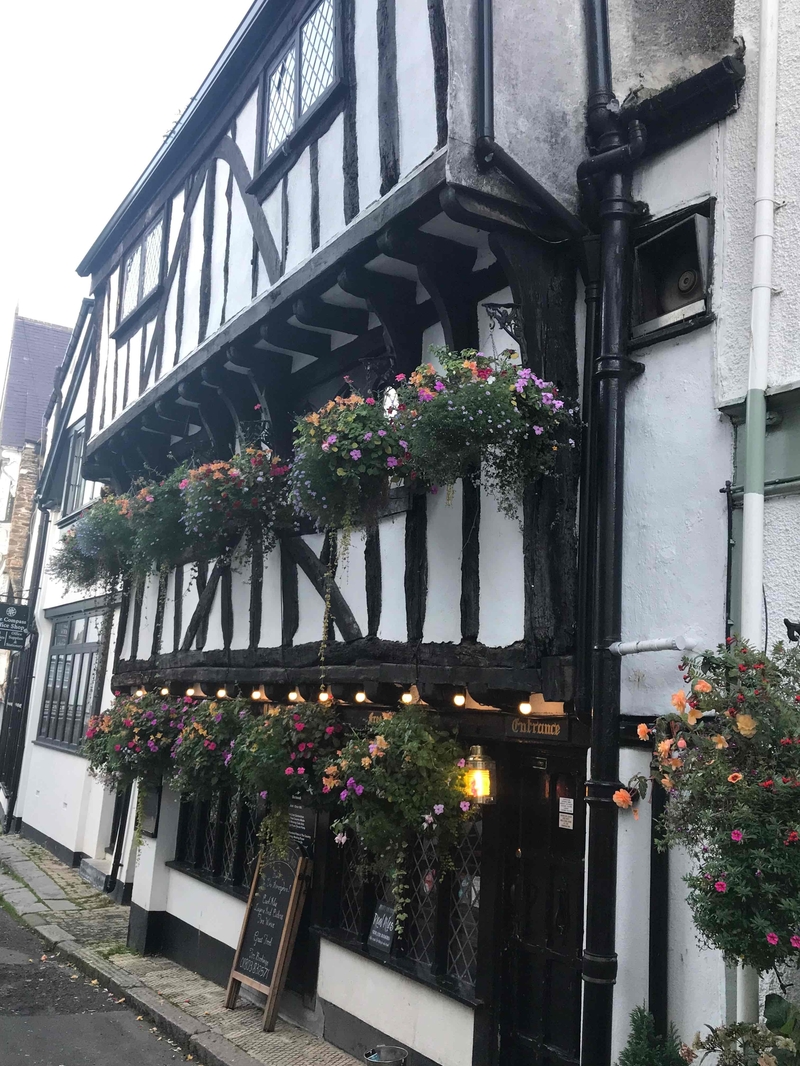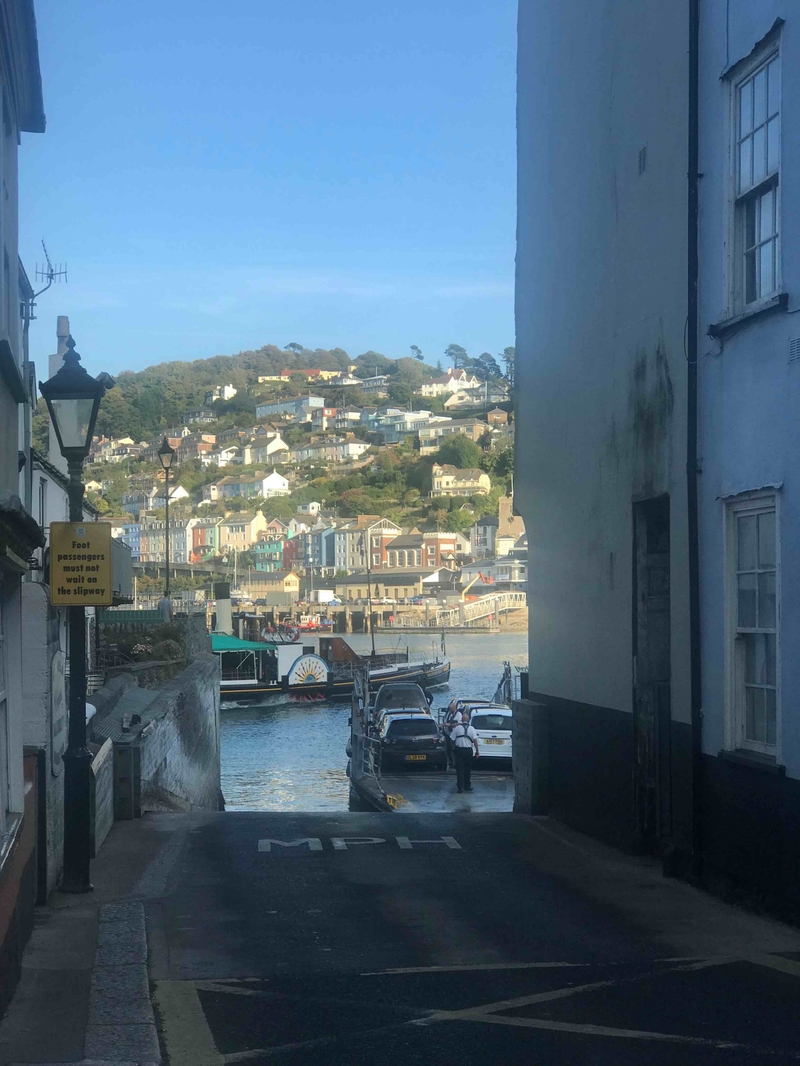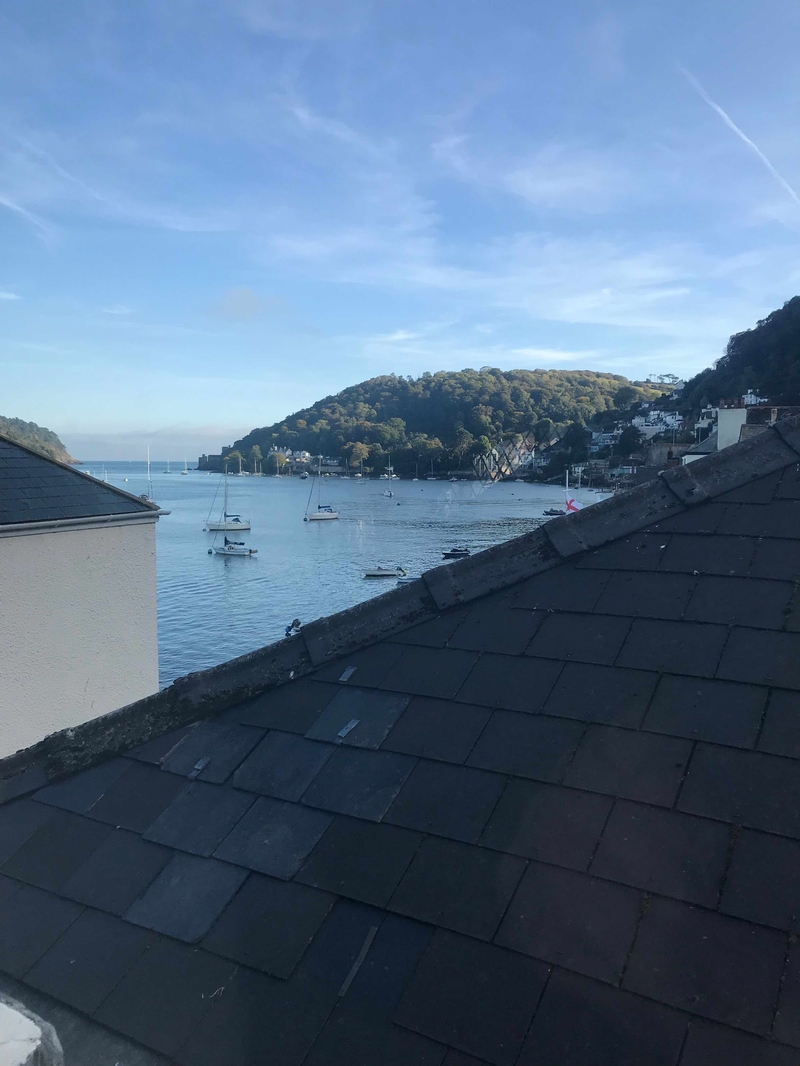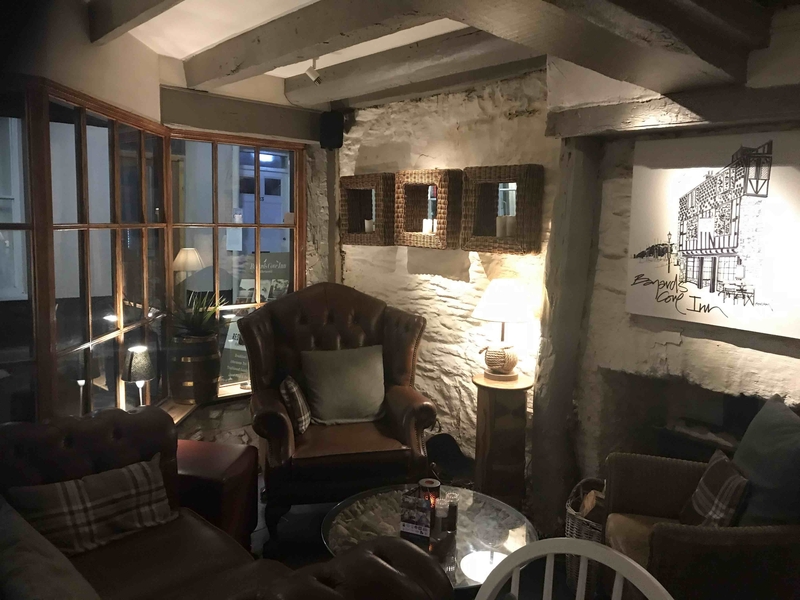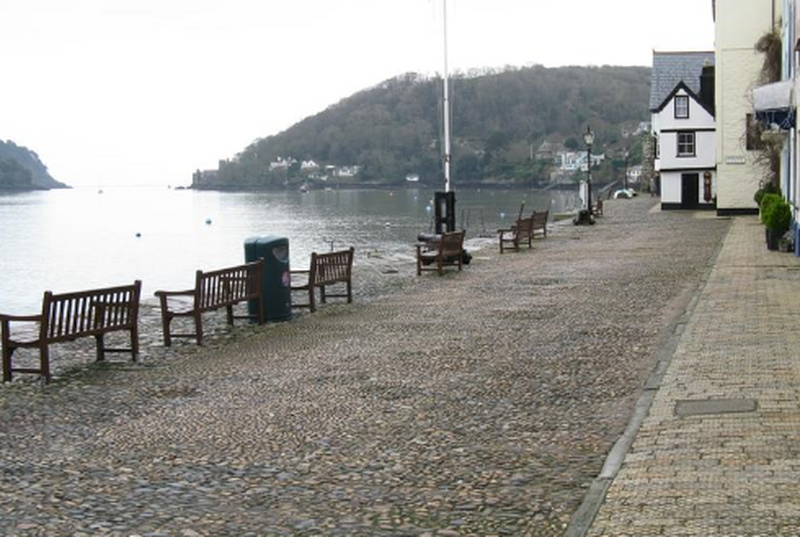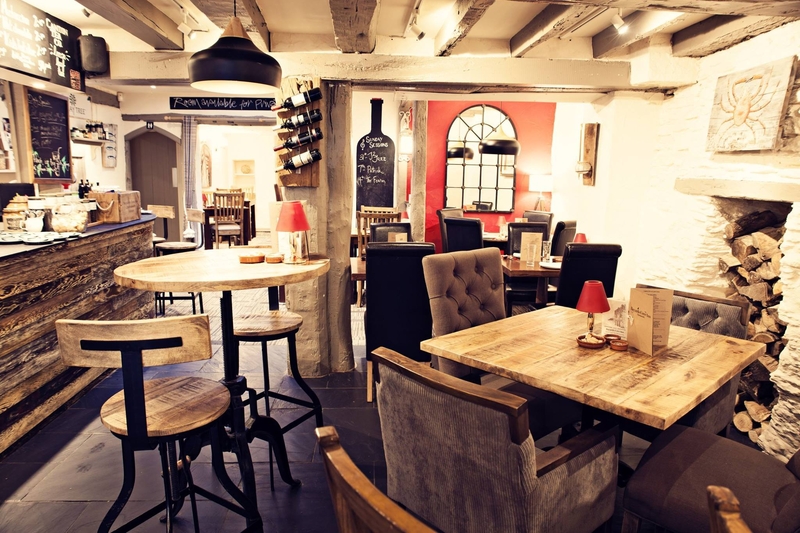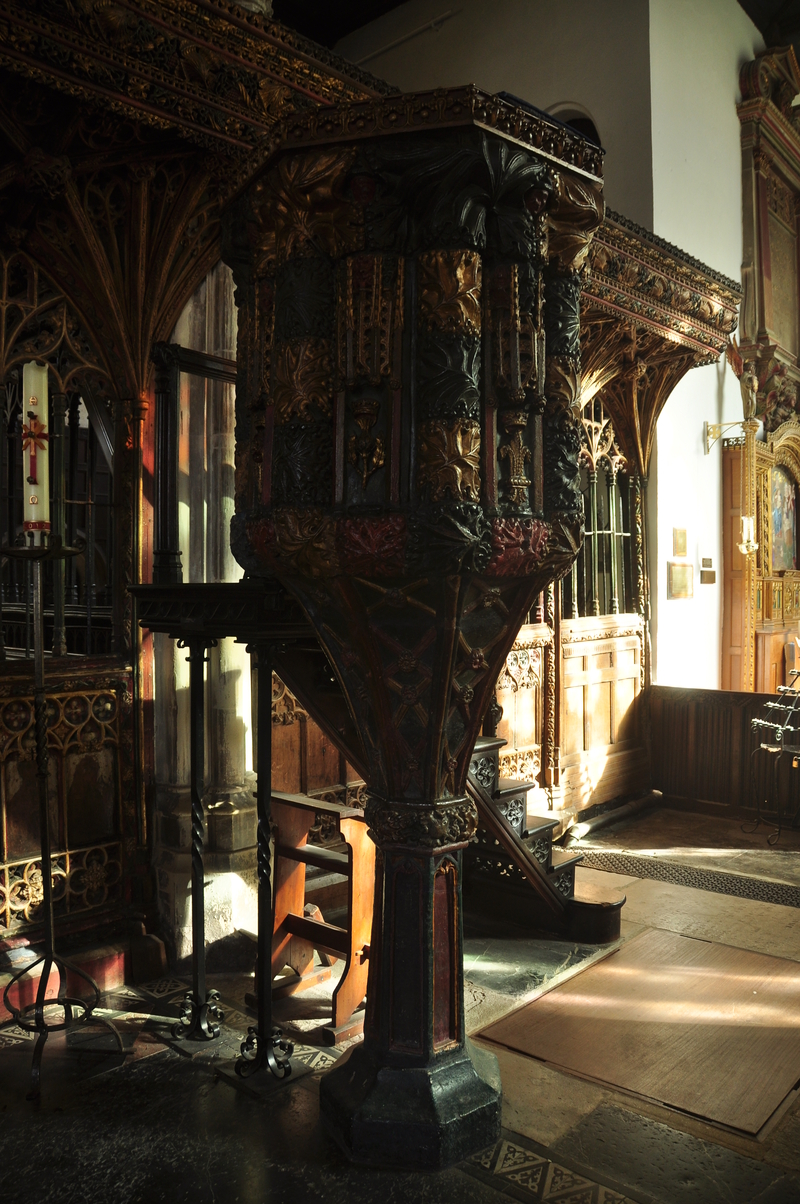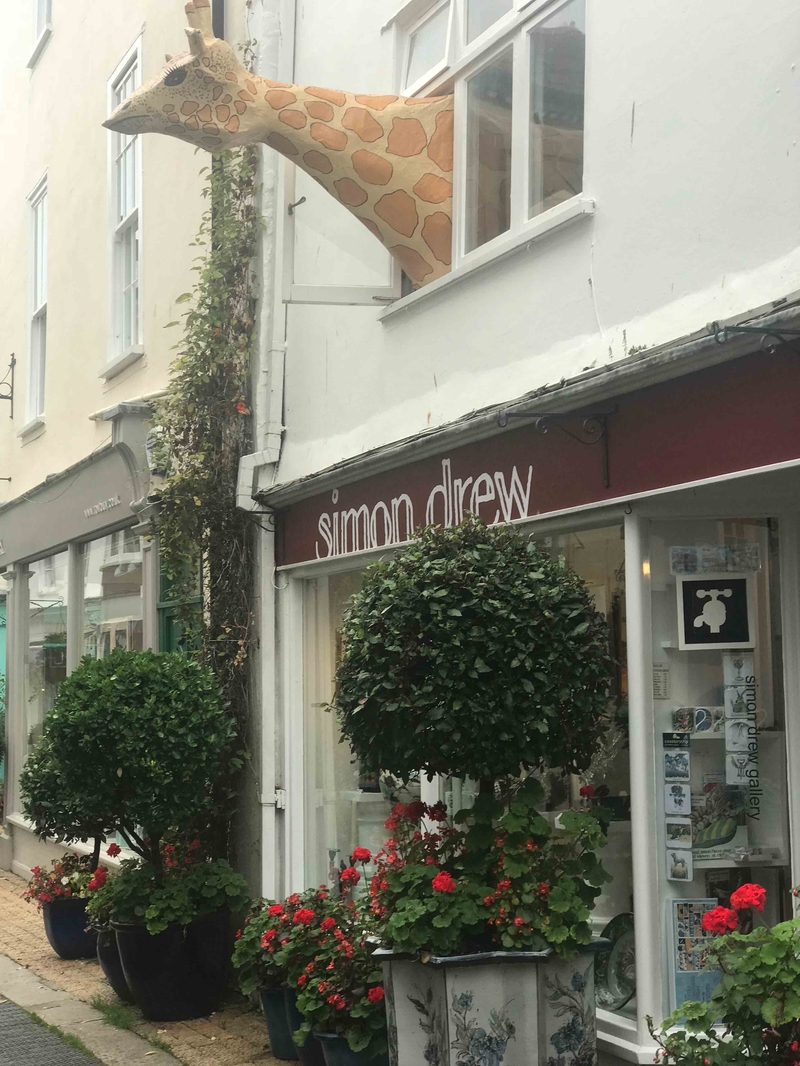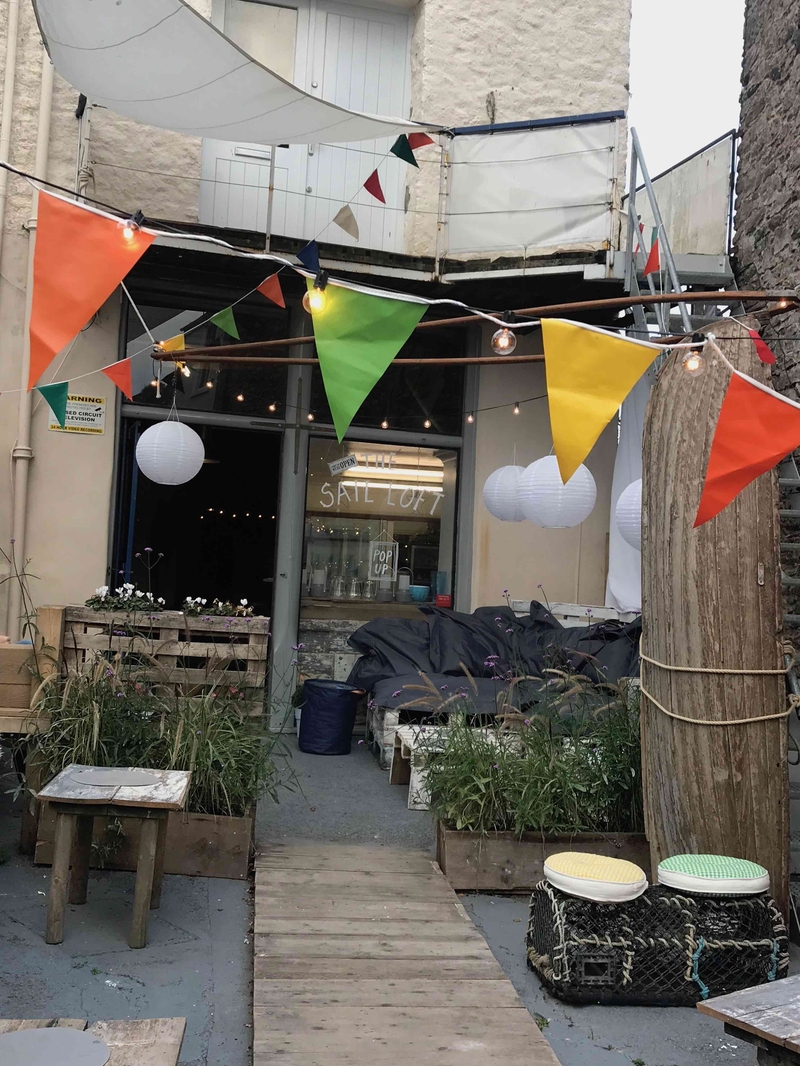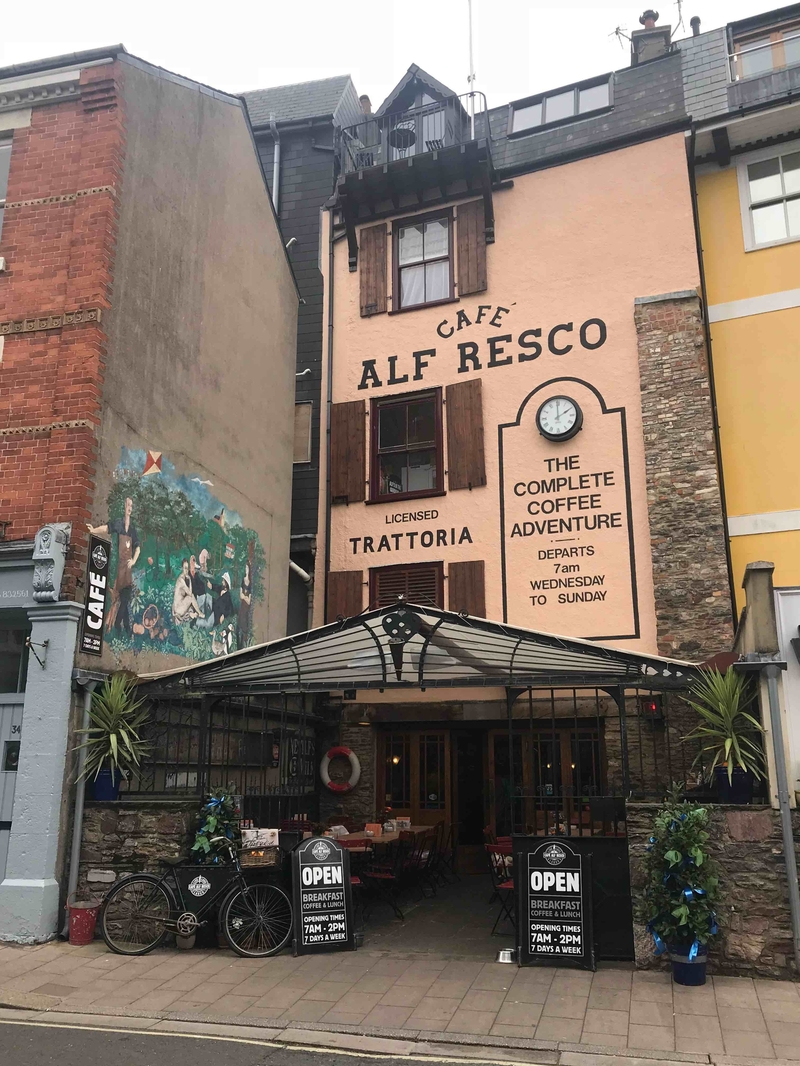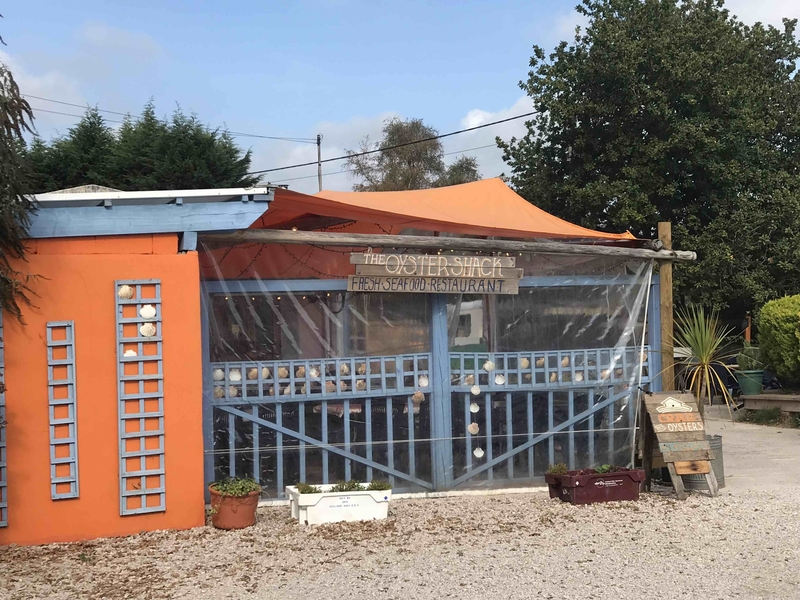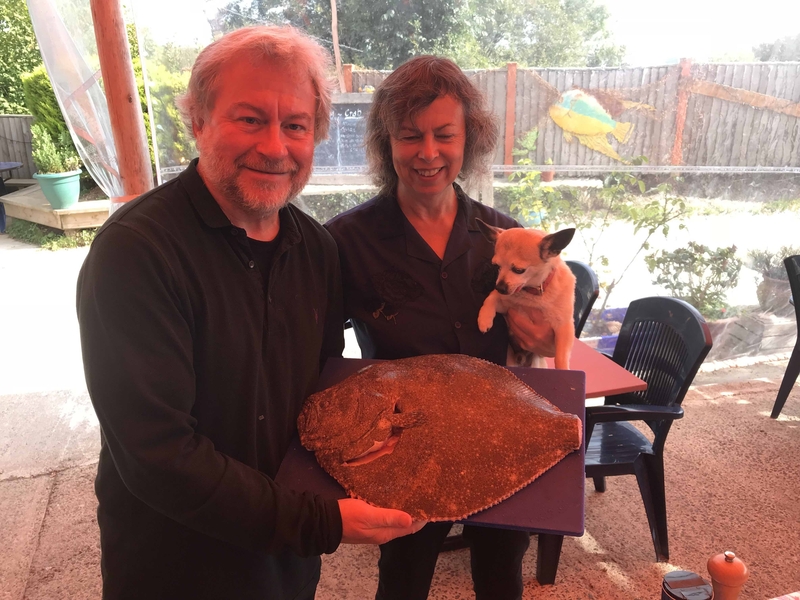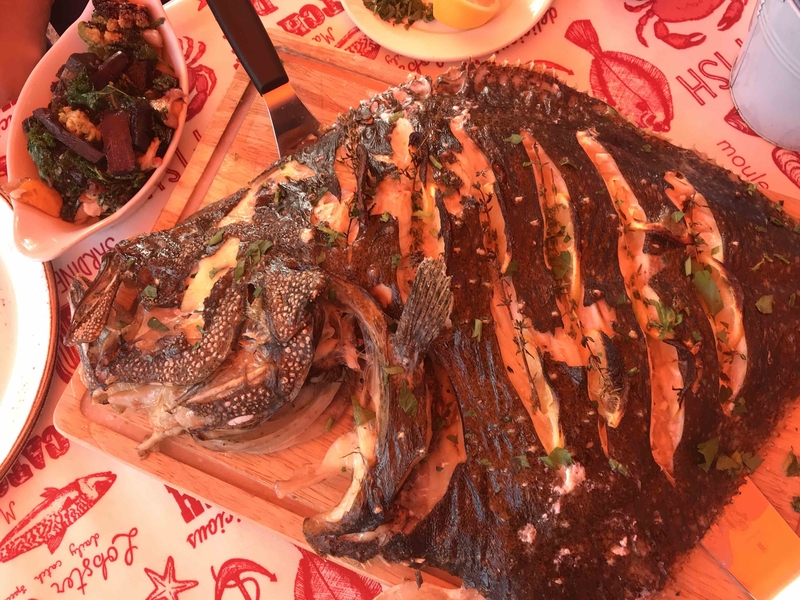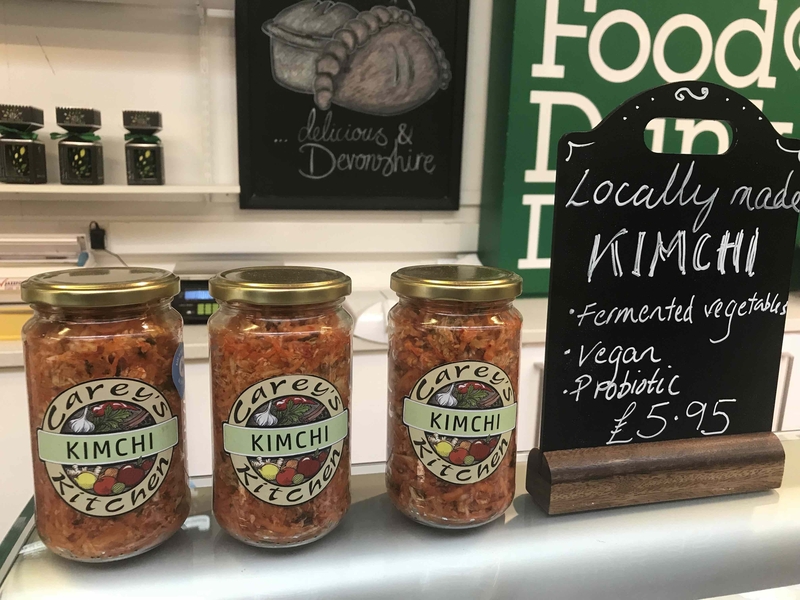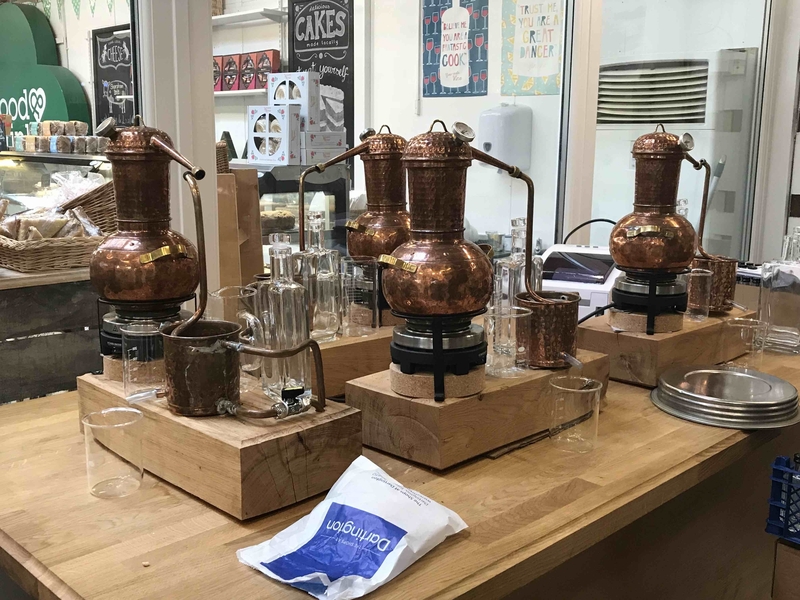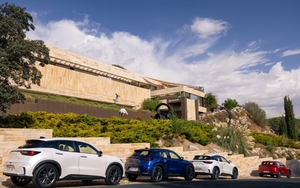Neil Sowerby explores the rich bounty of Devon’s food and drink culture
PICTURE the Pilgrim Fathers landing in the ‘brave new world’ they called New England. After the monotony of ship’s rations on the Mayflower the first colonists had waterfowl and deer to hunt and vegetable and herb seeds from their abandoned homeland to plant.
We gazed out across the rooftops to Dartmouth Castle guarding the mouth of the Dart Estuary and woke to an eerie sea fret and a dawn chorus from screeching gulls
Maybe they weren’t talking turkey for those first Thanksgiving dinners in the 1620s but in their makeshift camps were already adapting their cooking to the raw materials they found. Dartmouth, where they had set sail into exile, must soon have seemed a distant memory.
Of course, the world was already shrinking as explorers brought home not just gold from the Americas but also foodstuffs. Sir Walter Raleigh, whose family estate lies just upstream from Dartmouth, is credited with importing the first potato. Imagine those original baked spuds slathered liberally with good Devon butter.
This is still a county rich in all things edible and drinkable – dairy, meat and seafood, beer, gin and wine. Before visiting download the Food Drink Devon guide from their website. You could plan a whole gourmet holiday around it or, like us, explore the bounty of the food hall at The Shops at Dartington – see Five Foodie Tastes of Devon, below.
Looking long term, you might even take in the annual Dartmouth Food Festival. In 2019 it takes place over the weekend of October 18-20, just a month before Mayflower 400 kicks off (on Thanksgiving Day naturally).
This yearlong celebration of this important anniversary boasts an array of spectacular events, mostly with a nautical focus – pageants, tall ships and the like – for this is one of England’s great maritime havens.
The Pilgrim Fathers, religious refuseniks looking for freedom of worship, embarked at Bayards Cove, a cobbled stretch of quayside that can’t have changed much since 1620. The 100 or so settlers were originally in two ships, the Speedwell and the Mayflower but when the former foundered off Land’s End the latter went it alone.
Beguilingly, elements of our Dartmouth base, Bayards Cove Inn next door pre-date all this – the gnarled 14th century beams rather than the plumbing. Known to the old sea dogs in town as Agincourt House, this former merchant’s home is its second oldest property and only became a nautically themed restaurant and boutique hotel this century.
Billeted in the top floor Nelson Family Suite, as quirky and characterful as the rest of the Inn, we gazed out across the rooftops to Dartmouth Castle guarding the mouth of the Dart Estuary and woke to an eerie sea fret and a dawn chorus from screeching gulls.
Still we had slept well after a bracing walk along the river promenade and a sumptuous red with supper. Foodwise, the Inn’s restaurant with its boat-shaped bar is open all day with an immaculately sourced, crowd-pleasing menu that holds its own in a town packed with interesting places to eat. The young owners also run the Bayards Kitchen cafe at The Shops at Dartington.
We couldn’t resist testing out the rival Cherub Inn, dating back to 1380, the actual oldest building in Dartmouth (though not the oldest pub). The bar ceiling is so low, the (6ft 5in) landlord has to stoop while collecting our glasses, which had held two crisp pints of Salcombe Brewery Shingle Bay Golden Ale.
From there we sought out some of the town’s historic landmarks that make up the embryonic, self-guided Mayflower Trail. Don’t miss St Saviour’s Church (1372), whose south door is covered in medieval ironwork, featuring the tree of lions of founder Edward I and, from the 15th century, an ornate rood screen alongside a formidable pulpit described by Simon Jenkins in England’s Thousand Best Churches as “looking as if carved from marzipan with black and gold leaves of monstrous proportions; the preacher emerges from the top like a tulip from a bunch in a vase”.
Another architectural treat is down on Duke Street – The Butterwalk, a four-storey, colonnaded Tudor building overhanging the pavement. Home to the Dartmouth Museum, a bonus here is the Dartmouth Wine Company shop, a real treasure trove of interesting bottles. Pick of the nearby streets to wander round is Foss Street, ideal for indie gift shopping – notably the Simon Drew Gallery, base since 1981 for the acclaimed designer with a penchant for puns. Look out for the ‘giraffe’ protruding from the upstairs window. There’s also the excellent Dartmouth Bookseller (rival to the bijou Dartmouth Community Bookshop up near St Saviour’s) and The Sail Loft (in a historic sail loft) a pop-up bar that’s radically different from all the town’s trad pubs.
Inevitably, though you are drawn back to the riverfront and the boats, in all shapes and sizes straining at anchor. There are two ferries across to the steep, pastel terraces of Kingswear, terminus of the seven-mile long Dartmouth Steam Railway, which runs to Paignton – a lovely day out.
Thanks to the way land and sea lie driving to Dartmouth is a time-consuming exercise. We got slightly lost and ended up arriving by the Lower Ferry straight to Bayards Cove. If it lacked the sail-driven swell of the Mayflower’s docking. It still felt pretty spectacular.
FIVE FOODIE TASTES OF DEVON
WINE
Devon is awash with quality drink – traditional cider, cask ales, the acclaimed Luscombe soft drinks, gins (notably Salcombe and Dartington Elmhirst, distilled in the food shop there) and from Devon Distillery local takes on Italy’s limoncello and grappa – Devoncello and Dappa. All suitably artisan but our top drinks tip is a visit to Sharpham Vineyards, a true taste of terroir from grapes grown in a loop of the Dart. After 37 pioneering years here, the 2018 vintage from that amazing summer promises double the normal yields and superlative quality. Meanwhile, book a tasting, walk around the spectacular vine-clad site and have lunch in the cafe. Whites are still the bedrock of the range. Compare their benchmark crisp, aromatic Bacchus with the creamily complex barrel-fermented Madeleine Angevine.
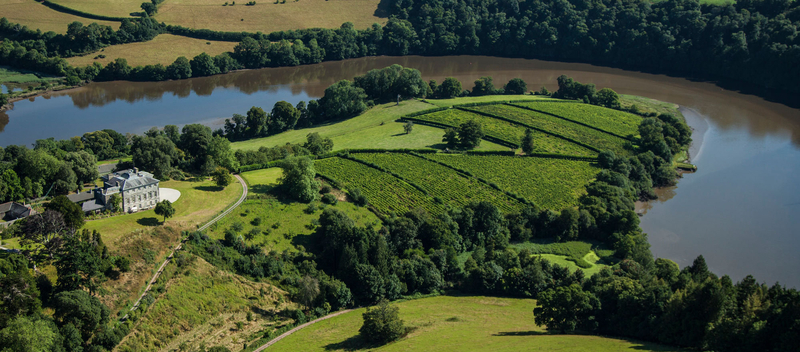
CHEESE
Dairy in Devon doesn’t have to be clotted cream. The South Hams area is home to some of the UK’s finest cheeses. Indeed cheeses came first at Sharpham back in 1981 and the dairy next to the winery still produces the likes of the original Sharpham, a match for its French rivals Brie and Coulommier, and the richer triple cream, mould-ripened Elmhirst (think Vignotte), both unpasteurised. You can buy them at the Sharpham Shop, but such is demand the full range may not be available. A personal favourite is the light, delicate Ticklemore Goat. This confusingly was originally made down the road by Ticklemore Cheese Dairy, but no longer. Compensation comes in the form of a trio of contrasting blues – Devon Blue, Beenleigh and Harbourne. The first is cow’s milk, subtly blue, soft-textured and almost caramelly sweet; the second sheep’s milk, delicately blue, floral and moist; the third goat’s milk, aromatic and crumbly.
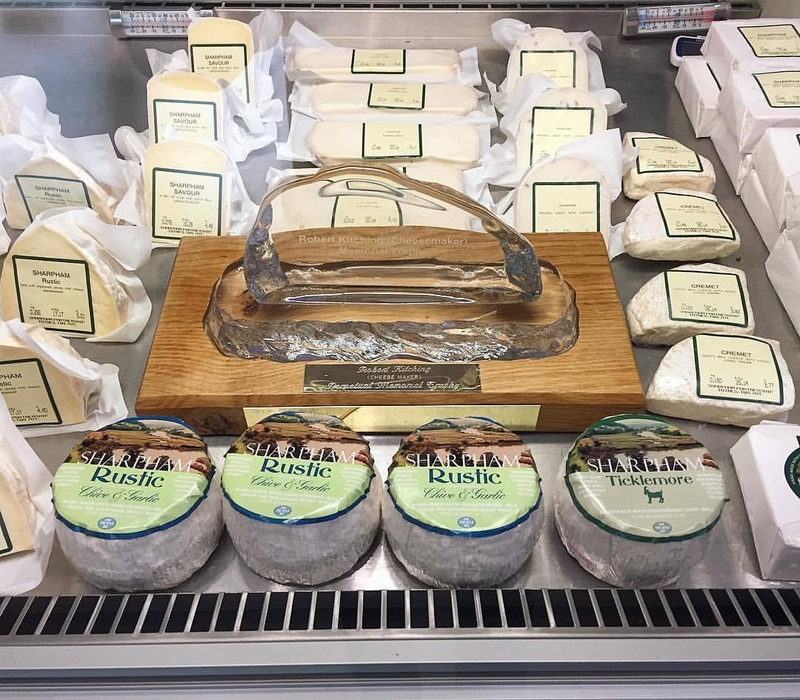
FISH
There’s no Devon equivalent to the Rick Stein empire in Cornwall, centred on Padstow (Padstein), but in Dartmouth celebrity chef Mitch Tonks runs a trio of fish eateries – a posh fish and chips takeaway near the Lower Ferry and, on the Embankment, his original Rockfish restaurant and his flagship (sic) The Seahorse.
It’s a classy spot with daily changing fish specials sourced from nearby Brixham (do order John Dory or plaice grllled on the bone) with a brilliant wine list, even if prices do make it a special occasion kind of place. Equally piscine and more lovably quirky is The Oystershack at Bigbury-on-Sea 20 miles west. Originally an oyster farm, it has evolved into a permanent pop-up big on bivalves, crab and lobster. On our visit we landed a 3kg turbot, fresh off the Plymouth day boat. They grilled it for us and chillpacked a takeaway of the half we left. Warning: tides can affect the approach road.
ICE CREAM
After all that fish traditional ice cream straight from the farm is in order. Surfing Cow is a new brand created by Lawrence and Lee Glanville using milk from their 400 free range Jersey cows at South Battisborough Farm. You can almost taste the lush South Devon Coast pastures in the creamy likes of Surfers Strawberry, Salted Caramel, Mint Choc Chip and Pure Devon Honeycomb. And for Christmas 2018 they’ve created a sticky toffee pudding ice cream. You can buy it from a variety of venues or drop in on the farm on the road to Mothecombe beach (a lovely unspoilt destination in its own right).

KIMCHI, CHORIZO AND KELP
We mentioned earlier the food deli at The Shops at Dartington, an attractive craft/gift gallery complex on the southern edge of the Dartington Estate near Totnes. It’s a brilliant showcase for local food heroes with plenty of innovative surprises. Moretonhampstead is a long way from Korea but Carey’s Kitchen there produces its own probiotic kimchi (fermented cabbage and radish), Ebb Tides forage the Jurassic Coast shoreline for kelp and dulse seaweed, a healthy ‘taste from the tidal garden’, while Good Game of Topsham is producing charcuetrie to rival Spain and Italy. Try their chocolate habanero chorizo, made in a hog skin. The shop also stocks a comprehensive range of those Sharpham cheeses. Every May, one of the loveliest times to visit Devon, The Shops host the Dartington Food Fair. Get it in your diary.
Fact file
Fact file
Neil Sowerby stayed at Bayards Cove Inn, 27 Lower Street, Dartmouth, Devon, TQ6 9AN. The Inn offers seven bedrooms, two of which are large suites suitable for families. En-suite shower rooms, central heating, TVs with freeview, DVD players, tea and coffee trays and hairdryers are provided and there is free WiFi throughout the building. Dog-friendly. Room rates from £105 to £150; look out for special promotion prices in the New Year.


